
OR
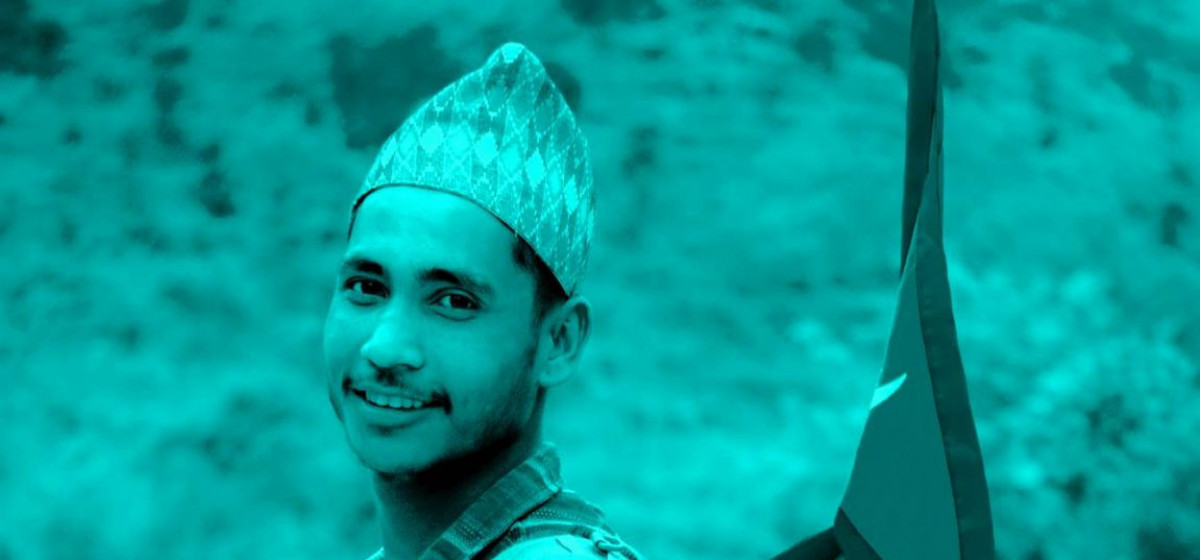
We do not know how many Nabarajs have to sacrifice their lives in the name of caste if the state fails to come up with the constructive and meaningful strategies to address such issues.
Caste system is deeply rooted in the Nepali society and has been in practice since ancient times. The caste system has been divided into pure and impure domains based on the life practices. The Tagadharis (thread wearing people) and Matawalis (liquor drinking people) are placed under pure and Dalits or Acchuts (untouchable) are placed under impure castes. Such social stratification was based on the profession they carried which has no meaning and sense in the twenty first century globalized world but created division back then. There is no system of moving Dalits to higher castes despite practicing good Karmas (work) and acquiring better knowledge. This has given space to people from upper castes to suppress Dalits till the date.
Dalits were treated as untouchable and were forced to do the most difficult tasks of the society. They were engaged in tailoring, shoe making and making tools and utensils from metals. The Tagadharis forced Dalits to do hands-on jobs and took hold of minds-on jobs. They also practiced “Chhoichhito” which means if the Dalits touched Tagadharis, either they had to take bath or take sprinkles of water to be pure. The Tagadharis used to purify utensils by putting fire and water (Aagopani) before using them. They built separate taps and wells for Dalits in some places. Such inhumane and unjust systems were in practice even few decades ago. The change in political system of the governance has brought significant change in the lives of Tagadharis and Matwalis. But the pace of change is very sluggish in Dalits’ life and world.
Ills of discrimination
The Dalits over the course of history had to face much discrimination and felt ostracized. When a Dalit boy gets married with an upper caste girl and vice versa, the society ostracizes them and puts them in exile. The cross-caste marriage basically an upper caste girl and Dalit boy is still rejected in the society and is taken as socially unacceptable activity. This has led to a gore in many cases. The society is indisposed to accept a Dalit girl as the bride of their family and the community. This is happening since the social hierarchy and stratifications are deeply rooted in the society and are taken as social stigma and taboo. This has created a problem between Tagadaris and the Dalits. This is the main cause of Rukum incident that took place recently.
In our society, due to lack of awareness people believe no matter what they have to maintain social status then that leads to the incident in Rukum. The paradox is this incident took place at the fertile land of Maoist movement which got extensive support of Dalit communities and the movement got momentum since it was targeted for social injustice, abuse and violence.
Though there has been significant progress in giving names with dignity and acceptance to Dalits, the society used to give very humiliating names such as Bale, Dume, Chame, Patareetc for males and similar degrading names for females as well. People in the rural areas practice “Chhoichhito” and “Aagopani” even in the 21st century. These practices are progressively vanishing and the acceptance in the society is gradually increasing due to political and social movements. This is definitely a good sign for building harmonious society.
Although abuse, discrimination and violence based on race, color and caste exist all over the world, the degrees of abuse, discrimination and violence vary. It has been declined in the first world countries but the rate of decline is at snail’s pace in developed and underdeveloped countries. The Rukum incident got attention of the people and humanitarian organizations and started the movement called “Dalit Lives matter”. Those who started this movement were encouraged by the “Black Lives Matter” movement of the United States. Both the incidents happened at the same time and “Black Lives Matter” movement took momentum in the United States despite COVID-19 pandemic.
Though the root cause of violence is different between these movements, they have common purpose of eradicating any forms of abuse, discrimination and violence based on race, color and caste. The society is united in the developed country to fight against color and racial discrimination. It is usually divided in the underdeveloped countries.
Steven Pinker in his book Better Angles of Our Nature has described the reason of declining violence in the world. After the Second World War rights movements gradually took momentum. Women’s rights, child right, rights of color and indigenous people got space in print media and forced governments to formulate policies to address those issues. This also took new heights because of the print media and many books and articles were published to directly hit the ground at the time. These efforts made people realize how important it was to abolish race, caste and color based prejudices. Till the 1950s, many Dalits were not allowed to even attend schools whereas in 1990s the number of Dalit children that attend schools has increased.
Much to change
Because of rights movement, the discrimination and violence against minorities has been going down since these movements started in late fifties. As Dr Martin Luther king Jr said “the arc of moral universe is long but it bends towards justice”, these movements compelled governments to initiate meaningful policies for social justice and to abolish inhuman practices. Educational revolution has also played a vital role in understanding this notion and push communities towards justice for underprivileged people and communities. The situation of our country is different. Because of dogmatic thought and people bound by religion, it is taking time to bring change in the society. Had Rukum incident happened in Kathmandu, the people would have taken this seriously and there would have been big shift in fighting for the victims. The role of education and the exposure to foreign practices help people accept or reject the happenings of the society.
“Dalit Lives Matters” movement needs to be strengthened and meaningful steps need to be taken to permanently abolish caste based injustice, abuses and discriminations from the nation. If this remains in any form in the society, the abuse, discrimination and violence raise its head anytime. Dalits’ representation in decision making bodies and in public institutions need to be increased and space should be given wholeheartedly. This should be a matter of shame and not a matter of ignorance in the 21st century world.
The National Code of Nepal (MulukiAin) was enacted in 1963 to maintain peace and foster good relations among people irrespective of class and caste and gender. Many high level committees were formed in the past to abolish caste-based discrimination. The article 255 of the Constitution of Nepal (2015) has a provision of the formation of “National Dalit Commission” as the Constitutional Commissions and this commission has been formed as per the constitution.
Though these steps from the state’s side is positive to address the Dalit issue, no Act, Committee and Commission has reached out to the community and hit the ground to bring change. We also have to understand the contribution made by the Dalits for building this nation and their contribution needs to be sincerely acknowledged by the state and the people. Political parties have to genuinely work on this issue and not to own this issue to reach to power. Schools and schoolteachers have to teach caste tolerance through activities and projects so that young children accept differences from the very young age.
There has been a significant change in Dalit communities’ economic lives. The number of Dalit children attending school has increased. The number of Dalits working in the governmental sector of our country has also increased. The state has to do a lot to change the attitude of the society to accept the Dalit community in life and world. We do not know how many Nabarajs have to sacrifice their lives in the name of caste if the state fails to come up with the constructive and meaningful strategies to address such issues. We do not know how many springs it would take us to internalize what our great poet Laxmi Prasad Devkota said in his great epic Muna-Madan:
“People are great by the heart and work rather than the caste they were born into and belong to.”
You May Like This

10 families get new homes in Siraha
SIRAHA, Oct 18: Ten Dalit families have been provided with new homes in Bhulke, Kajarnaha Municipality-4, Siraha. Each of these... Read More...
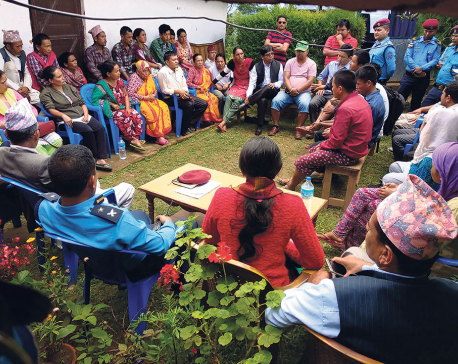
Dalit family agrees to return home after security assurance
BHOJPUR, Aug 16: Members of a Dalit family from Arun Rural Municipality-4 of Bhojpur, who arrived in the district headquarters demanding... Read More...

Dalit woman elected unopposed in Siswa Manara Municipality
MAHOTTARI, Sept 13: Sanjogiya Devi, who has registered her candidacy for the Dalit member of Siswa Manara Municipality-8 from Nepali Congress... Read More...



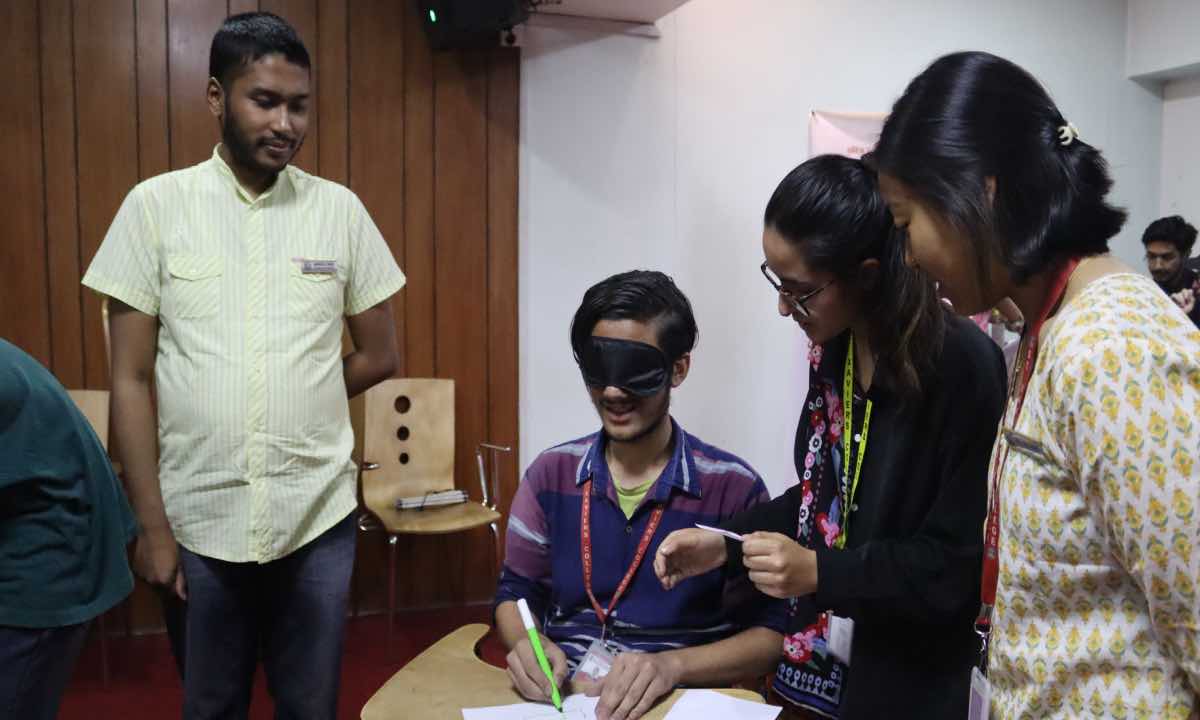

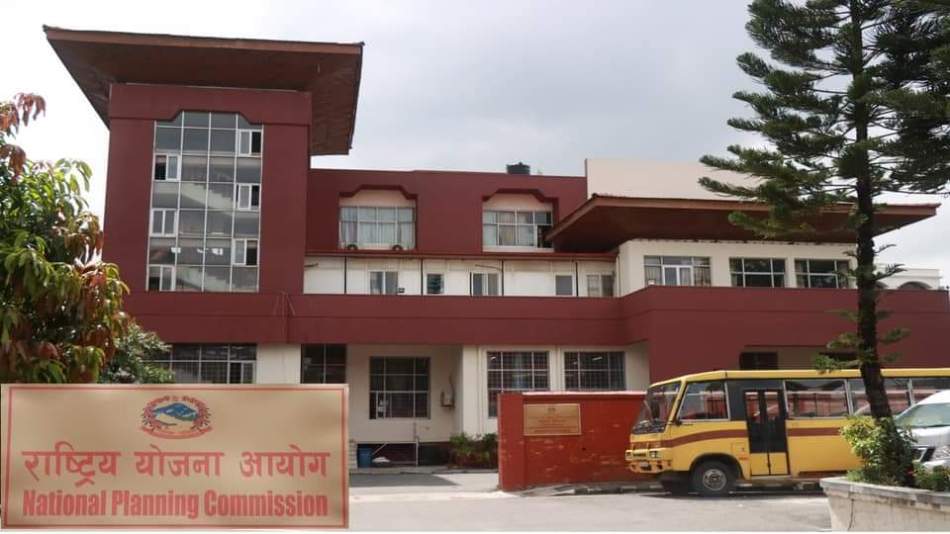

Just In
- Karnali Chief Minister Kandel to seek vote of confidence today
- Chain for Change organizes ‘Project Wings to Dreams’ orientation event for inclusive education
- Gold price decreases by Rs 200 per tola today
- National Development Council meeting underway
- Meeting of Industry, Commerce, Labor and Consumer Welfare Committee being held today
- Nepali announces cricket squad under captaincy of Rohit Paudel for series against West Indies 'A'
- Partly cloudy weather likely in hilly region, other parts of country to remain clear
- Nepal’s Non-resident Ambassador to Italy presents Letter of credence to President of Italy









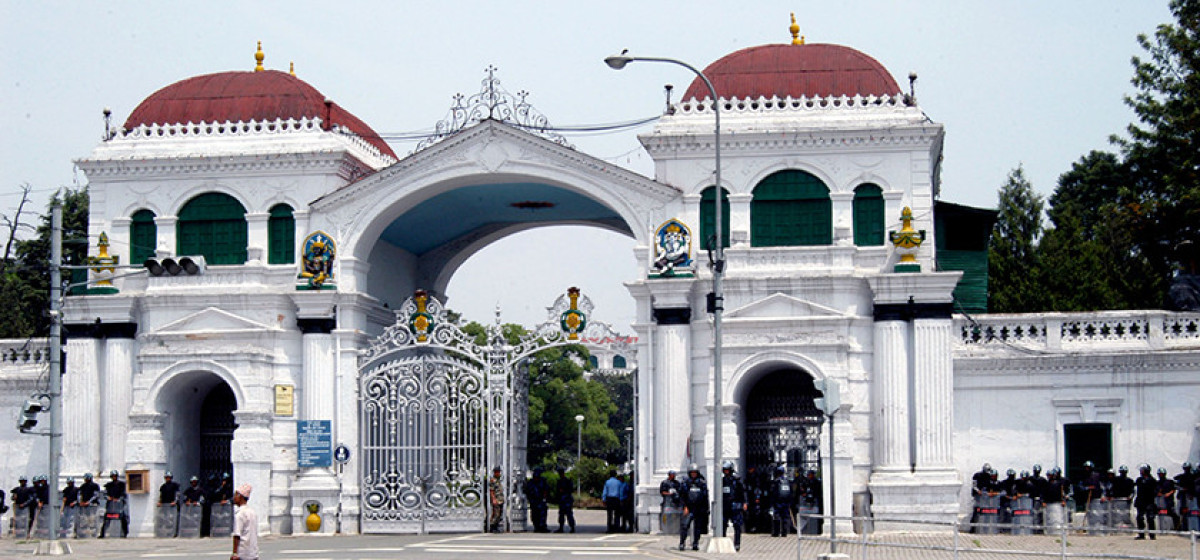
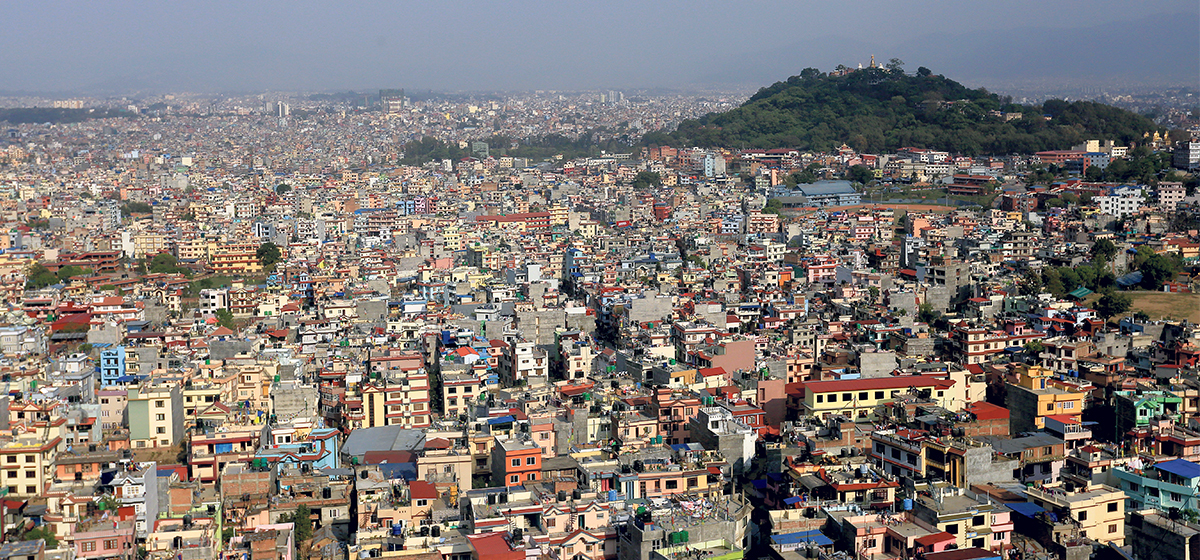
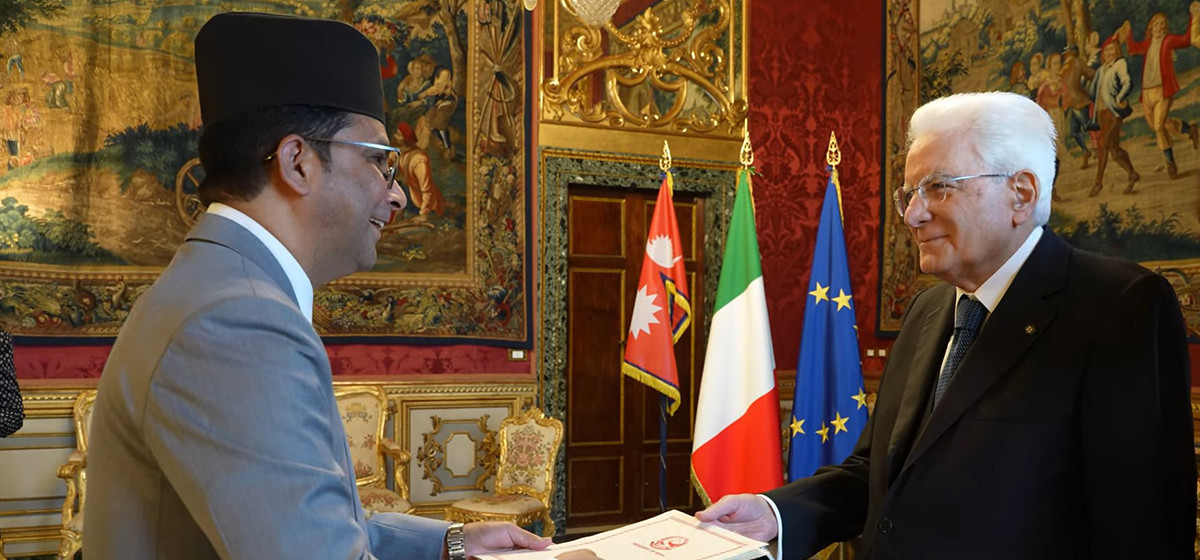
Leave A Comment